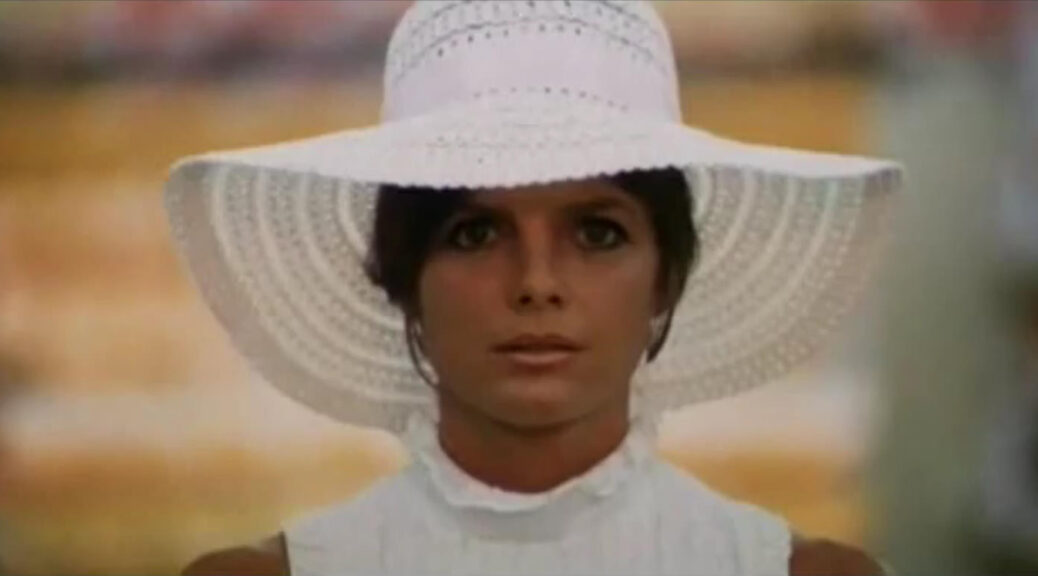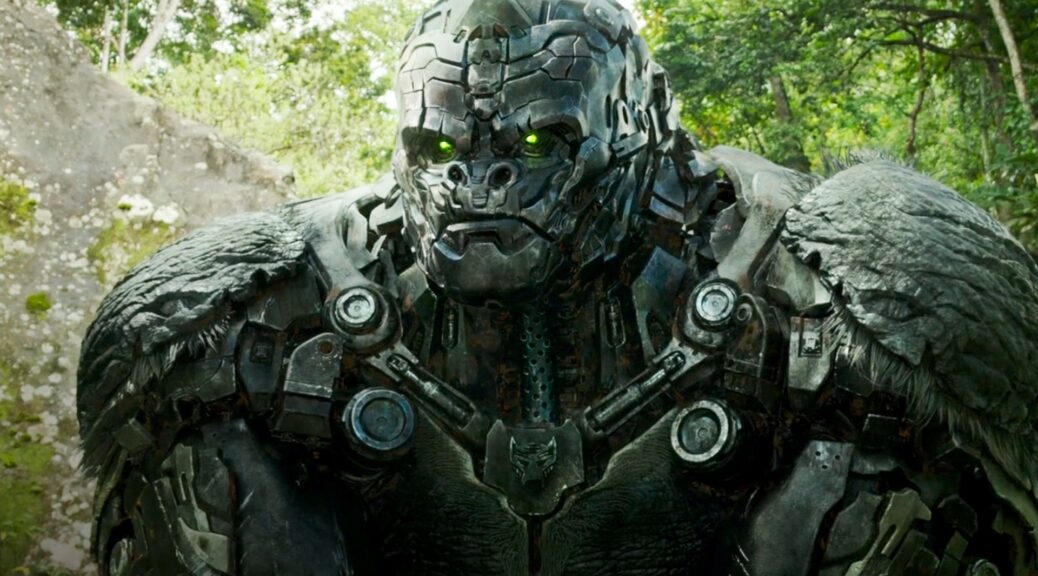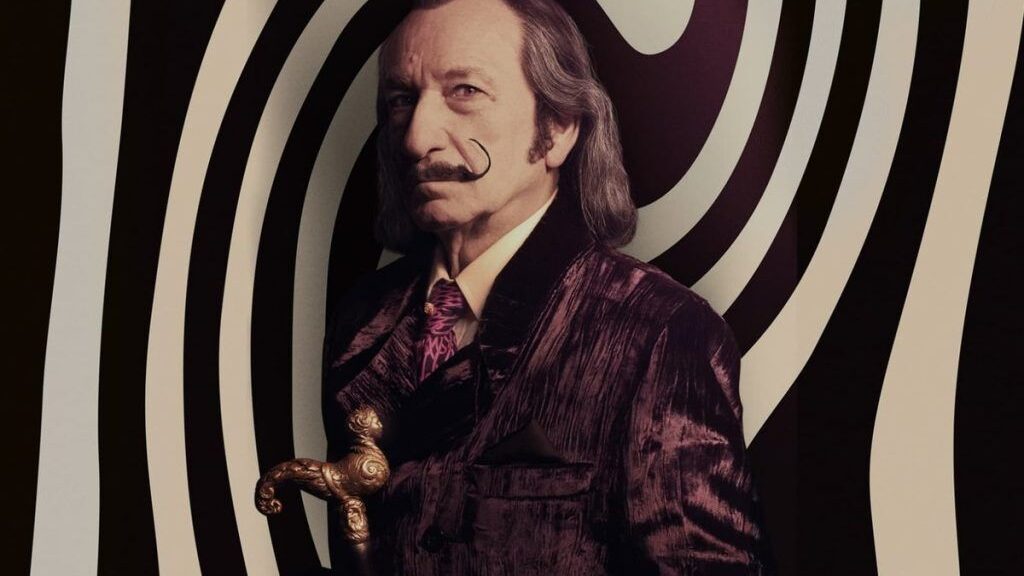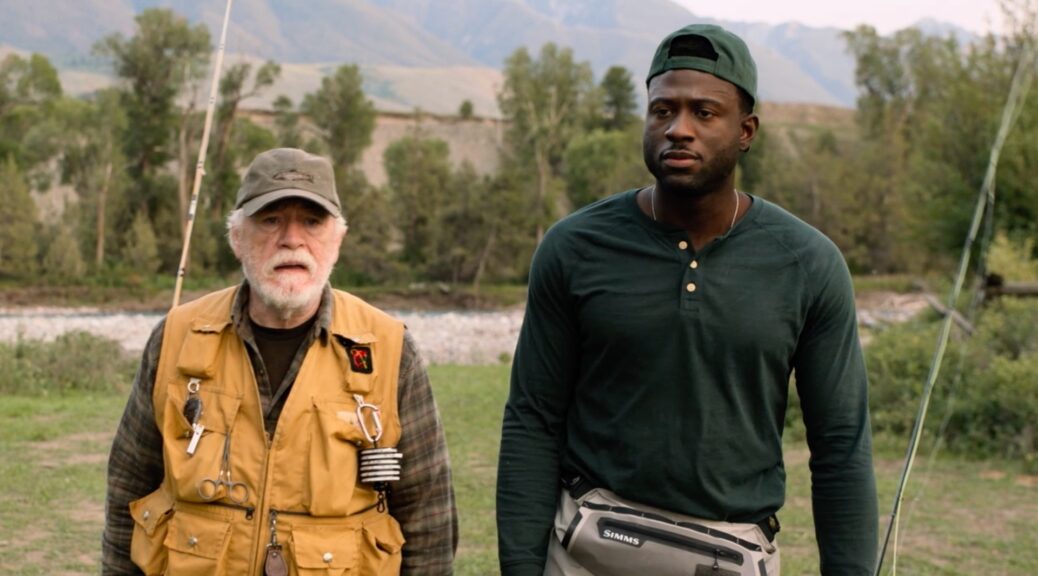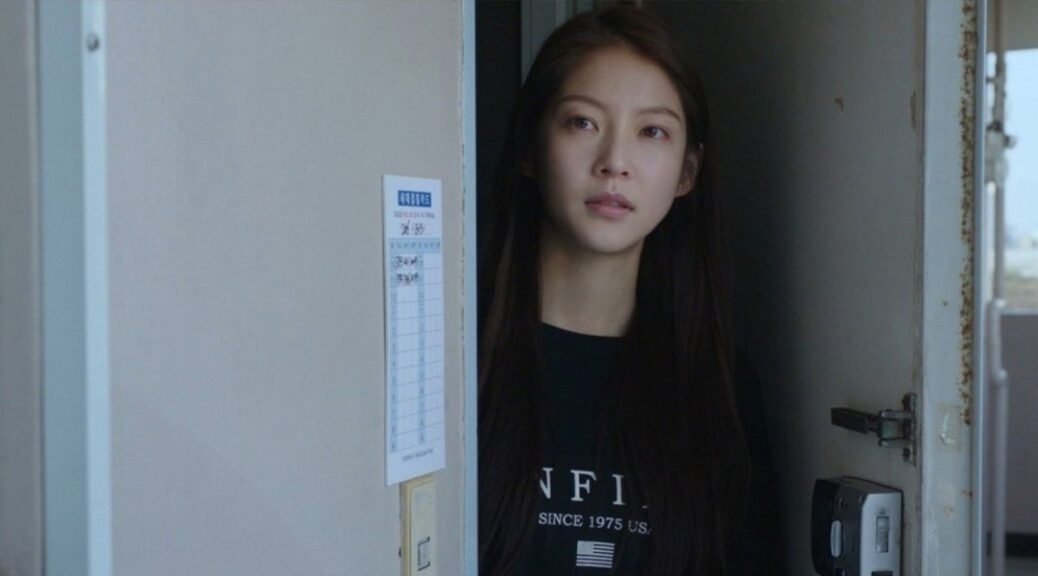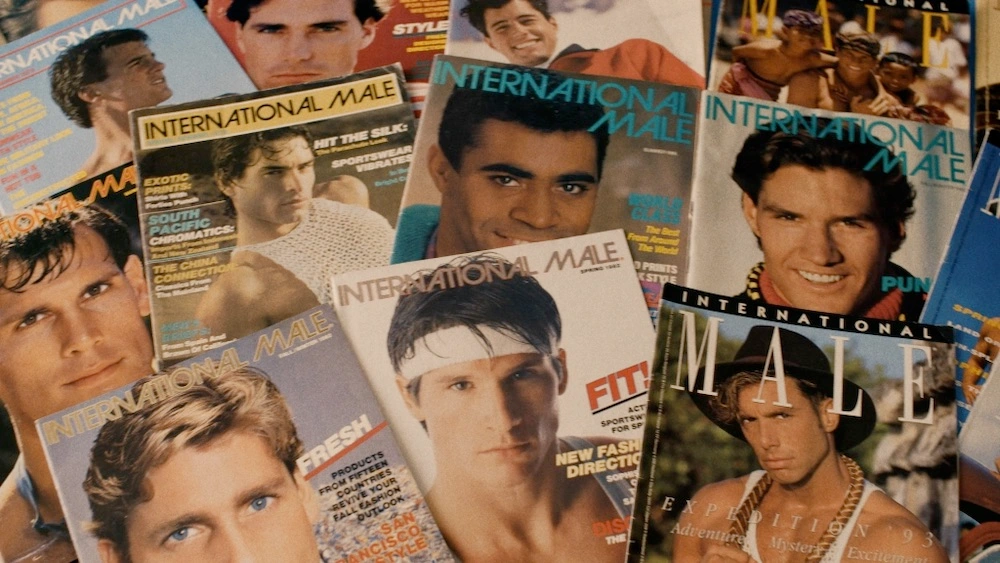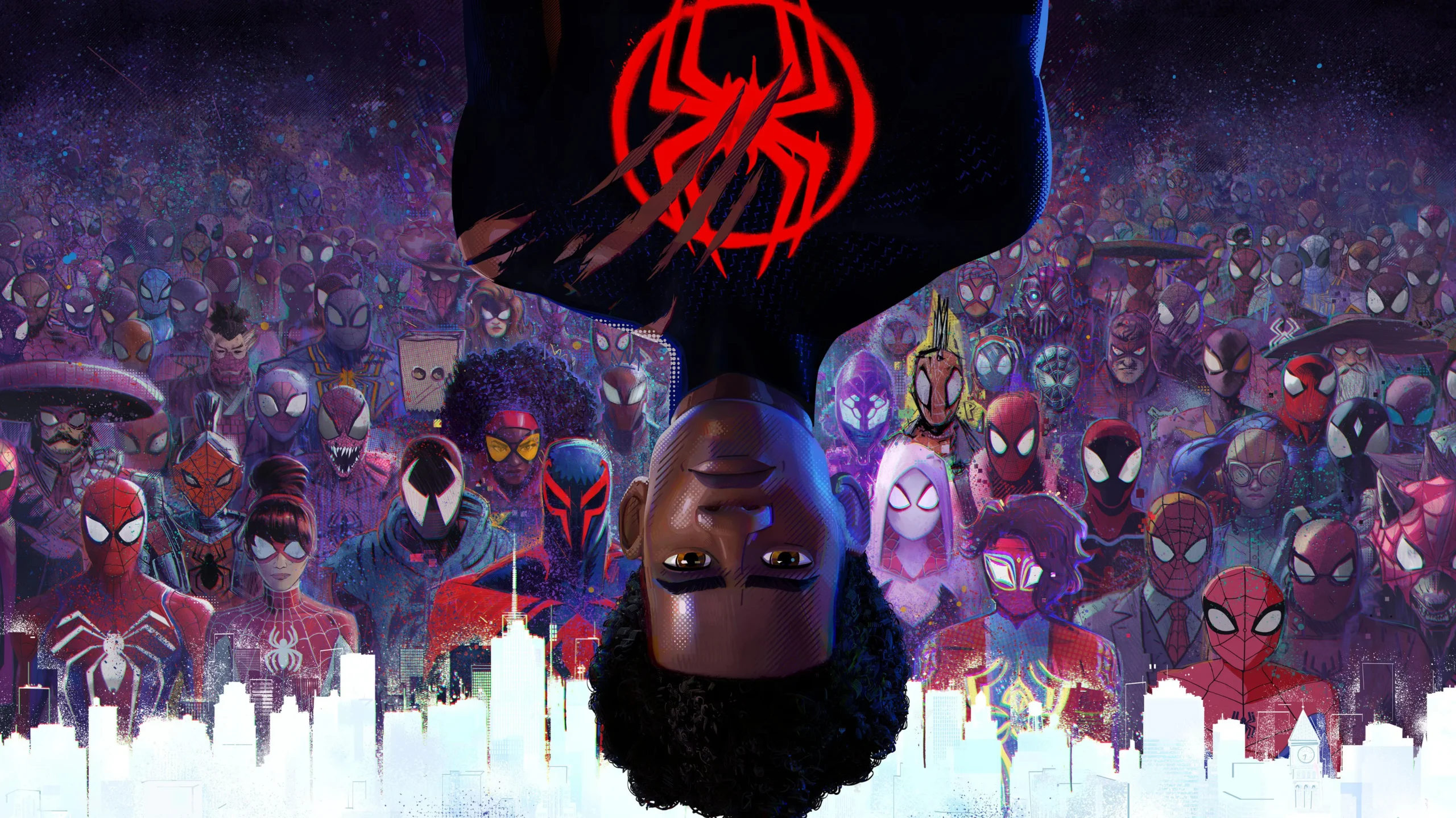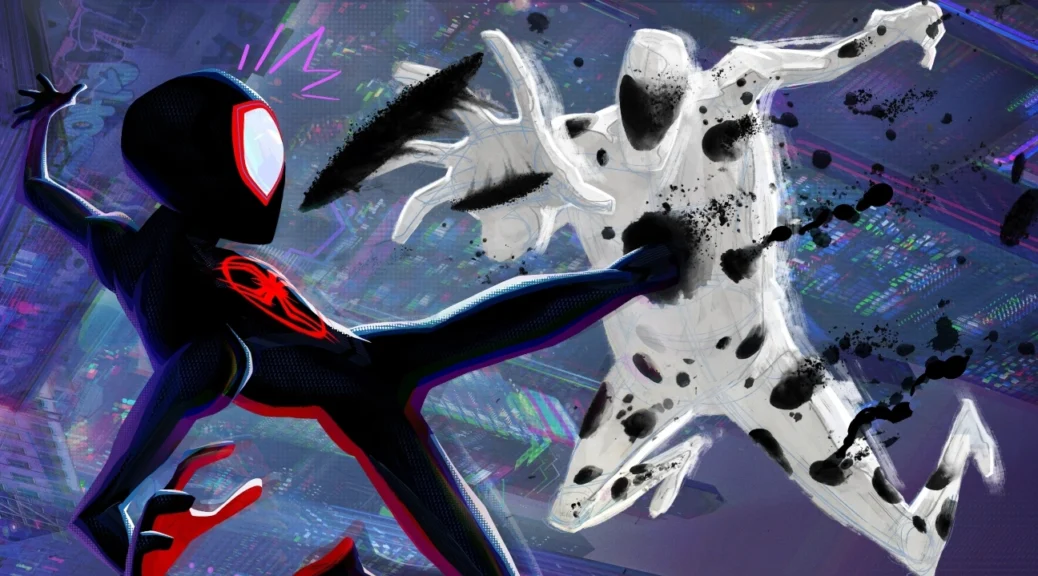When a human being just doesn’t have enough meaningful ways to invest their time, they can go a little nuts. Here’s to the horror of life as the underappreciated, boxed-in, cast off and/or misused housewife. May they all draw blood.
5. Jakob’s Wife (2021)
Director/co-writer Travis Stevens (Girl on the Third Floor) wraps this bloodlusty tale of the pastor’s wife (Barbara Crampton) and the vampire in a fun, retro vibe of ’80s low-budget, practical, blood-spurting gore.
To see a female character of this age experiencing a spiritual, philosophical and sexual awakening is alone refreshing, and Crampton (looking fantastic, by the way) makes the character’s cautious embrace of her new ageless wonder an empowering – and even touching – journey.
With Crampton so completely in her element, Jakob’s Wife is an irresistibly fun take on the bite of eternity. Here, it’s not about taking souls, it’s about empowering them. And once this lady is a vamp, we’re the lucky ones.
4. The Stepford Wives (1975)
Ira Levin’s novel left a scar and filmmaker Bryan Forbes and star Katherine Ross pick that scab to deliver a satirical thriller that is still surprisingly unsettling. What both the novel and the film understand is a genuine fear that the person you love, whose faults you accept and who you plan to age and die with, has no interest in what’s inside you at all. You – the actual you – mean nothing at all.
It’s the idea of trophy wife taken to a diabolical extreme (as even the outright trophy wife isn’t long to last, what with the inevitability of aging and all). The term Stepford Wife worked its way into the lexicon, and there’s a clear pot boiler, B-movie feel to this film, but it still leaves a mark.
3. Dumplings (2004)
Fruit Chan’s Dumplings satirizes the global obsession with youth and beauty in taboo-shattering ways.
Gorgeous if off-putting Aunt Mei (Bai Ling) balances her time between performing black market medical functions and selling youth-rejuvenating dumplings. She’s found a customer for the dumplings in Mrs. Li (Miriam Yeung ChinWah), the discarded wife of a wealthy man.
With darkest humor and sharp insight, Chan situates the horror in a specifically Chinese history but skewers a youth-obsessed culture that circles the globe.
The secret ingredient is Bai Ling, whose performance is a sly work of genius. There are layers to this character that are only slowly revealed, but Ling clearly knows them inside and out, hinting at them all the while and flatly surprised at everything Mrs. Li (and you and everyone else) hasn’t guessed.
Gross and intimate, uncomfortable and wise, mean, well-acted and really nicely photographed, Dumplings will likely not be for everyone. But it’s certainly a change of pace from your day-to-day horror diet.
2. Swallow (2019)
Putting a relevant twist on the classic “horrific mother” trope, writer/director Carlo Mirabella-Davis uses the rare eating disorder pica to anchor his exploration of gender dynamics and, in particular, control.
Where Mirabella-Davis’s talent for building tension and framing scenes drive the narrative, it’s Bennett’s performance that elevates the film. Serving as executive producer as well as star, Haley Bennett transforms over the course of the film.
When things finally burst, director and star shake off the traditional storytelling, the Yellow Wallpaper or Awakening or even Safe. The filmmaker’s vision and imagery come full circle with a bold conclusion worthy of Bennett’s performance.
1. Watcher (2022)
If you’re a fan at all of genre films, chances are good Watcher will look plenty familiar. But in her feature debut, writer/director Chloe Okuno wields that familiarity with a cunning that leaves you feeling unnerved in urgent and important ways.
Maika Monroe is sensational as Julia, an actress who has left New York behind to follow husband Francis (Karl Glusman) and begin a new life in Bucharest.
Monroe emits an effectively fragile resolve. The absence of subtitles helps us relate to Julia immediately, and Monroe never squanders that sympathy, grounding the film at even the most questionably formulaic moments.
Mounting indignities create a subtle yet unmistakable nod to a culture that expects women to ignore their better judgment for the sake of being polite. Okuno envelopes Julia in male gazes that carry threats of varying degrees, all building to a bloody and damn satisfying crescendo.
